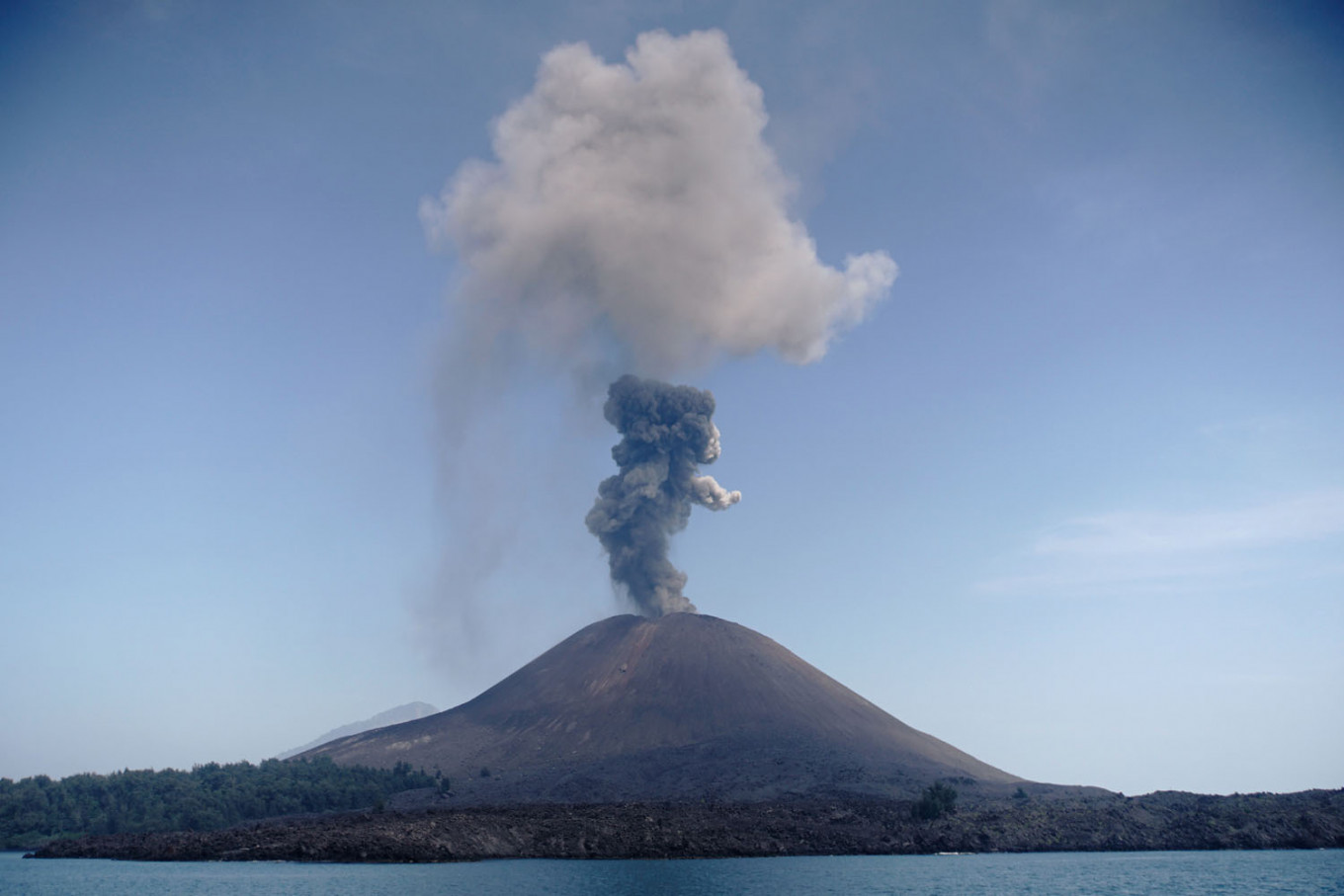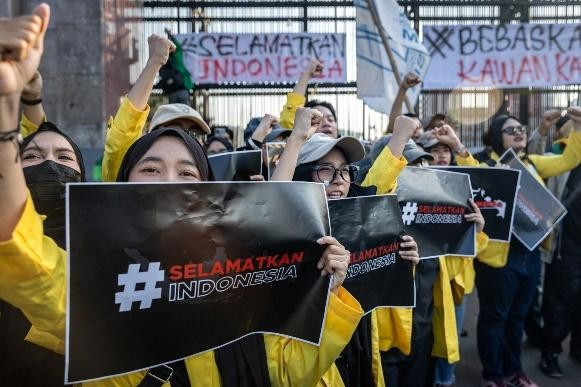Popular Reads
Top Results
Can't find what you're looking for?
View all search resultsPopular Reads
Top Results
Can't find what you're looking for?
View all search resultsDisasters are avoidable
Change text size
Gift Premium Articles
to Anyone
I
ndonesia sits on the Pacific Ring of Fire and between two continental plates so we can only accept our fate and be prepared for the worst: earthquakes, tsunamis and volcanic eruptions. We are destined to live with disasters.
Data show that from 2014 to 2018, thousands of natural disasters occurred in the country every year. Floods, landslides, tropical cyclones, droughts andangin puting beliung (small tornadoes) have happened one after another across the archipelago, claiming lives and causing material losses.
How many of us would blame ourselves for the disasters? The fact is that many of the calamities were man-made. They struck as a result of environmental degradation that humans have caused. When desire for fast profit and growth beats the vision of sustainability, nature will retaliate in the form of disaster.
Over the weekend, floods and landslides hit Papua, Yogyakarta and Central Java, killing nearly 90 people with 74 still missing and displacing more than 4,000 others.
A resident of Jayapura, Papua, said he heard a rumbling sound of large rocks tumbling down the Cyclops Mountains when a flash flood came. National Disaster Mitigation Agency (BNPB) spokesperson Sutopo Purwo Nugroho and Indonesian Environmental Forum (Walhi) Papua head Aiesh Rumbekwan agreed that environmental damage in Cyclops Nature Reserve was the cause of the disasters.
Earlier in January, a bigger flood struck South Sulawesi, affecting thousands in 13 regencies and municipalities. The BNPB said the death toll from the disaster was 79.
South Sulawesi Governor Nurdin Abdullah said the flood stemmed from deforestation in the mountains and watershed area degradation along some rivers flowing from the mountains. Walhi in South Sulawesi said that even though the intense rainfall was also to blame, environmental degradation just exacerbated it. Later, Vice President Jusuf Kalla ordered the provincial government to restore the environment, especially on Bawakaraeng Mountain.
Before the recent floods in Papua and Yogyakarta, the BNPB reported that up until Feb. 7, 101 people had died this year as a result of hydrometeorological disasters. In late 2018, the agency had warned of another year of living dangerously as such disasters would remain predominant throughout 2019. The agency underlined that environmental damage would trigger the disasters, citing the 14 million hectares of “critical land” that dot the country.
The number of disasters is indeed increasing and surely worrying.
Consistently, hydrometeorological disasters have been the predominant type of calamity, with floods and landslides accounting for almost half of them. The combination of small tornadoes, forest fires and droughts — also classified as hydrometeorological—accounted for the other half of the disasters.
We have played a part in the disasters by supporting unsustainable development, evident in the rampant deforestation, which only takes quick dollars into consideration. Unless we change now, more floods and landslides will threaten our children tomorrow.










